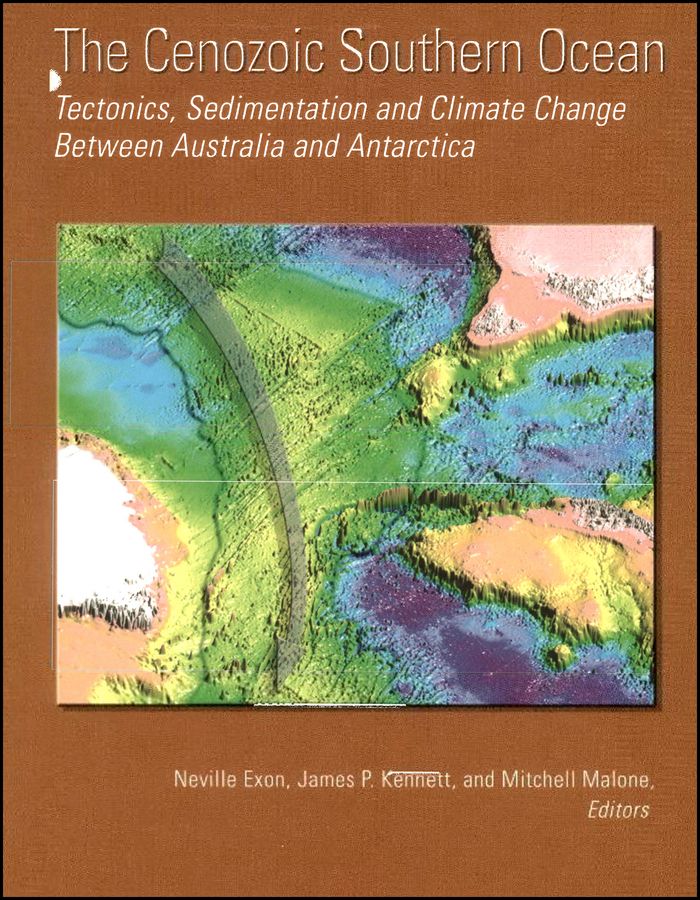<p>Published by the American Geophysical Union as part of the Geophysical Monograph Series, Volume 151.</p> <p>Ocean circulation and hence global climate are nowhere more strongly changed than through the opening or closing of gateways or seaways that link major oceans. The break-up of Gondwana, and the northward flight of its continental fragments from Antarctica, is a case in point. Profound climatic consequences resulted from shifts in ocean and atmospheric circulation due to drastic changes in global geography.<br /> During the Cenozoic, the northward flight of southern continents led to the opening of gateways at southern high latitudes while progressively restricting and closing gateways in the low latitudes. Considerable previous research has dealt with the opening and expansion of the two Cenozoic gateways—the Tasmanian Gateway south of Australia and the Drake Passage south of America—which allowed the Antarctic Circumpolar Current (ACC) to develop and progressively isolate Antarctica thermally. It is generally accepted that full opening of the Tasmanian Gateway occurred earlier than that of Drake Passage, although the time of opening of Drake Passage remains controversial. It has long been proposed that a climatic threshold leading to major initial Antarctic ice sheet accumulation occurred during the Eocene-Oligocene transition as the Tasmanian Gateway opened, triggering ACC formation and resultant thermal isolation of the Antarctic continent (Gateway Hypothesis). South of Australia, Paleogene rifting slowly opened the Australo-Antarctic Gulf, but the Indian and Pacific Oceans remained separated by the Tasmanian land bridge until the latest Eocene, preventing earlier development of the ACC; waters derived from low latitudes efficiently transported heat towards the Antarctic continent, contributing to the maintenance of global greenhouse conditions. Early ocean drilling in the Tasmanian Gateway between Australia and Antarctica provided a basic framework of paleoenvironmental changes associated with the opening, but stratigraphic resolution was too limited to fully test potential interrelationships of plate tectonics, circum-polar circulation and global climate. So, until recently, the timing of events has been inadequately constrained.</p>
The Cenozoic Southern Ocean
₹6,891.00
Tectonics, Sedimentation, and Climate Change Between Australia and Antarctica
This book is currently not in stock. You are pre-ordering this book.




